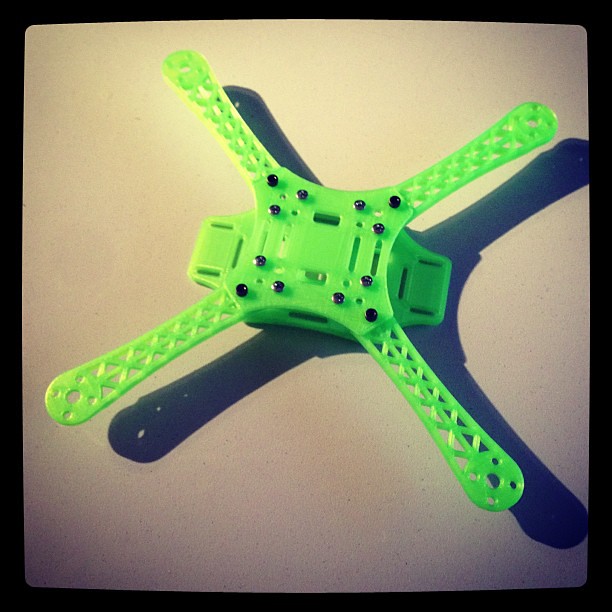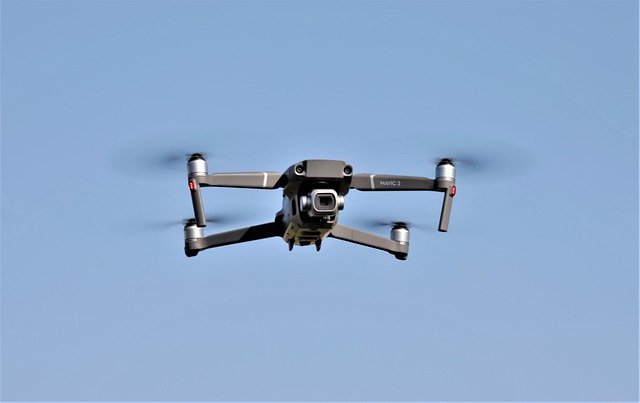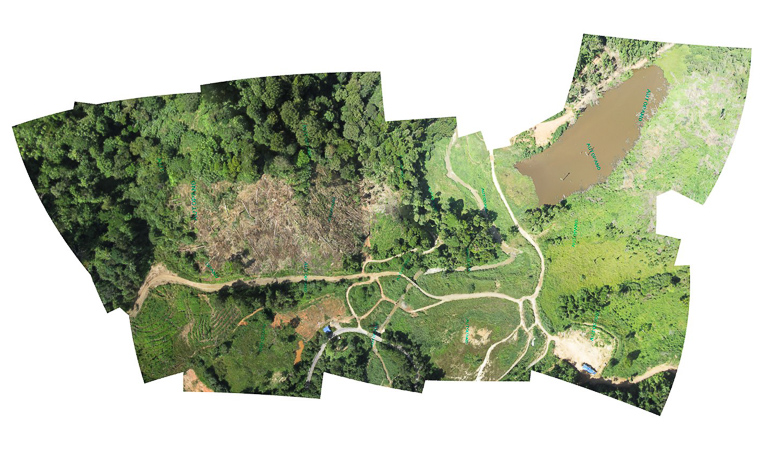
The many benefits of using drones to power solar farms are numerous. These drones eliminate the risk of rooftop work and ensure that the panels are safe and that electrical substations work properly. Drones are capable of providing thermal readings. They can zoom into individual panels to pinpoint problems and help you identify them quickly. This article will describe how thermal imaging can benefit drones for solar farms. You will learn how drones to solar farms can make your operation more efficient.
Thermal camera on a drone
FLIR Vue Pro (6640) thermal camera mounted on quadcopter. It had a focal length of 9mm and captured NADIR images at a rate of one every second. The thermal images had a resolution of approximately 10 centimeters in a first inspection. The second inspection yielded eleven pictures, which took less then five minutes. The thermal images provided enough information to allow for fast inspection of replacement work. One advantage of this thermal camera is its high image overlap and low motion blur.
Reduces human error
Drone technology offers many benefits. Drones are capable of performing many solar tasks such as monitoring, inspections that are time-critical, and planned maintenance. Operators can use a smartphone application to receive the drone's data, which will allow them to quickly diagnose the problem. This technology can detect and fix problems with solar panels before they become serious. Drones can be used to minimize human error in evaluating solar power plant.

Improves data quality
Drones can improve the quality and reliability of solar farms' data. They can take thermal readings or zoom in to provide additional information. By using drones for solar operations, PV operators can ensure the proper installation of their panels and that operations are running smoothly. DJI Matrice drones are one of the most sought-after high-tech industrial machines. They can fly for extended periods of time and have IP43 weather capabilities. In addition to their superior engineering capabilities, these drones excel in broadcasting/filmmaking functions and in the solar industry.
Inspections are faster
Drones are a great way to speed up inspections of solar panels. Drones can fly over a 10 kilometer area and scan individual solar panels. Manual solar inspections are limited to analyzing two to three per cent of modules, and can result in highly inaccurate results. Drones are able to scan all modules and report their findings with greater accuracy. The use of drones helps solar farm operators cut down on the cost and the need for human intervention.
Lowers costs
Drone technology is reducing costs in many sectors. Drones could cut costs up to 70% in the solar energy sector. Drones provide a cost-effective and efficient way to check the energy potential of roofs and conduct maintenance inspections. Drones can also scan land at an 'exceptionally high' speed. This means that drones can reduce costs in all stages of solar operations, from planning to maintenance and operations.

FAQ
What are the rules and regulations for drones operation?
The FAA will require you to register your drone. This registration process includes submitting information about the device, including its weight, size, battery capacity, and operating frequency. You will also need to get an FAA identification number.
What kind of batteries does a drone use?
Most drones use lithium-ion batteries. A drone typically uses between 3 to 6 volts.
Can I fly my drone indoors
Yes, your drone can be flown indoors. Your home should be free from obstacles and hazards. Avoid flying near windows, doors and heating vents.
Statistics
- According to the multiple listing service (MLS), houses and apartments with drone photographs are up to 68 percent more likely to sell than those without pictures. (thedroneu.com)
- With the top 10% making over $100/h and the bottom 10% making as low as $10/h. (dronesgator.com)
- According to Indeed, a drone pilot gets paid $25.73 per hour on average in the US. (dronesgator.com)
External Links
How To
How to Choose the Best Drone for Photography
In this article, we explain how you can choose a good drone for your requirements. This article will discuss the features that you should consider when choosing a drone.
First, let's look at some general guidelines for choosing a drone that you can use for your own purposes.
The first thing you want to consider before buying any type of product is its size. If you plan on taking photos from up, a larger camera will likely be easier to operate than one that is smaller. This is especially true when you're just starting out as a pilot. Because you are afraid to go higher, you don't want your pilot skills to be compromised.
A second consideration is to examine the quality of the camera's sensor. The bigger the sensor, the better the quality of images you'll be able to capture.
A remote controller might be worth your consideration. They help you track where your drone is in space and make it much easier to fly.
You'll also need to decide whether you want a fixed mount to use with your camera or a gimbal. A gimbal can be used to take stills and fly. It makes it easier to hold steady and gives you a wider range of movement. They can be more expensive depending on the item you are looking for.